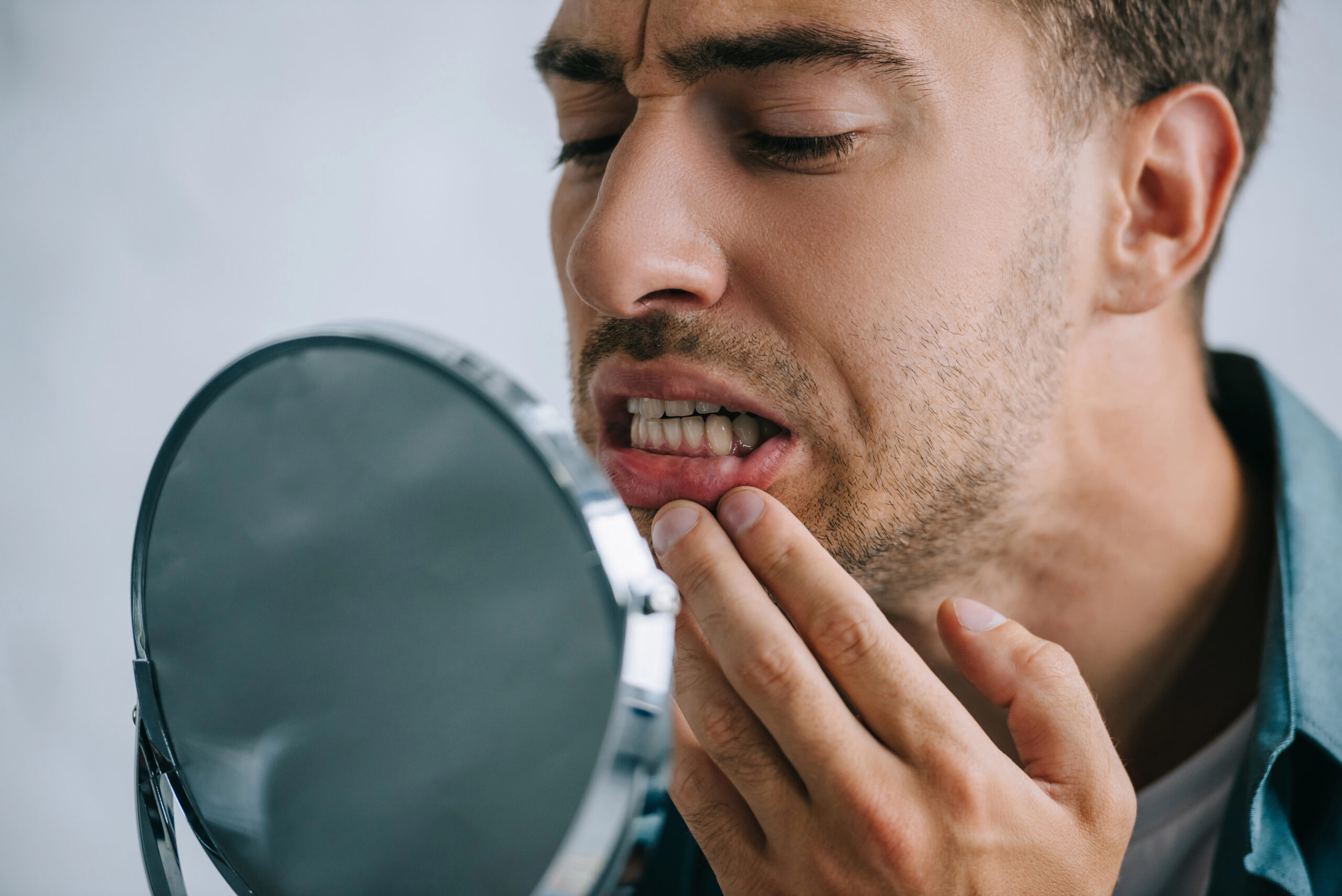Plaque vs. Tartar: What’s the Difference?
Plaque vs Tartar: What’s the Difference?
When it comes to oral health, you’ve probably heard the terms “plaque” and “tartar” mentioned repeatedly. But what exactly are they, and why are they such a big deal?
Although plaque and tartar are closely related, they’re not the same thing. Understanding the difference between them (and how to prevent them) can help you maintain a healthy, beautiful smile.
In this guide, the team at Torbay Smiles Dentistry break down the differences between plaque and tartar, their causes, how to prevent them, and what to do if they’ve already built up on your teeth.
What is Dental Plaque?
Dental plaque is a sticky, colorless film of bacteria that constantly forms on your teeth and gums. Every time you eat or drink, bacteria in your mouth feed on sugars and carbohydrates, producing acids that mix with saliva and food particles to create plaque.
This sticky substance clings to your teeth and can feel fuzzy when you run your tongue across your teeth.
Plaque forms quickly, and if it isn’t removed through proper brushing and flossing, it can lead to cavities, gum disease, and bad breath. Left unchecked, plaque can harden into tartar, which is much more difficult to remove.
What Causes Plaque on Teeth?
Plaque forms as a natural byproduct of eating and drinking. When you consume foods and beverages, particularly those high in sugar or starch, the bacteria in your mouth break them down, producing acids. These acids, combined with saliva and food particles, create the sticky film we call plaque.
Certain factors can increase plaque formation, including:
- Poor oral hygiene habits, such as irregular brushing and flossing.
- Frequent snacking on sugary or starchy foods.
- Dry mouth, which reduces saliva’s natural cleaning effects.
- Smoking or using tobacco products.
What Does Plaque Look Like?
Plaque is usually invisible, which makes it tricky to notice. However, as it accumulates, it may appear as a pale yellow or whitish film on the surface of your teeth, particularly along the gumline. If you run your tongue over your teeth and feel a fuzzy or slimy texture, it’s likely plaque.
What is Dental Tartar?
Tartar, also known as calculus, forms when plaque isn’t removed promptly. Over time, plaque hardens into tartar as minerals in your saliva bind to it. Unlike plaque, tartar is a solid, crusty deposit that adheres to your teeth and can only be removed by a dental professional.
Tartar provides an ideal environment for bacteria to thrive, leading to more severe oral health issues such as gum inflammation, tooth decay, and gum disease.
What Causes Tartar on Teeth?
Tartar forms when plaque is allowed to remain on the teeth for too long. When you skip brushing, flossing, or regular dental cleanings, plaque has time to harden into tartar. Once tartar has formed, it becomes a magnet for even more plaque buildup, compounding the problem.
Other factors that contribute to tartar formation include:
- Poor oral hygiene routines.
- A diet high in sugars and carbohydrates.
- Smoking, which promotes tartar buildup and stains teeth.
- Genetics, as some people are more prone to tartar due to their body chemistry.
What Does Tartar Look Like?
Tartar appears as a hardened, yellowish or brown deposit on the surface of your teeth, particularly near the gumline or in between teeth. Unlike plaque, tartar is highly visible and can even darken over time if left untreated. It often feels rough to the touch and may cause your gums to become red, swollen, or irritated.
How Do You Prevent Plaque & Tartar Buildup?
Preventing plaque and tartar requires a consistent and thorough oral hygiene routine. Here are some key steps to keep your teeth clean and healthy:
- Brush Twice a Day: Use a soft-bristled toothbrush and fluoride toothpaste to clean your teeth for at least two minutes each time. Pay special attention to the gumline and hard-to-reach areas.
- Floss Daily: Flossing removes plaque and food particles from between your teeth and under the gumline, where your toothbrush can’t reach.
- Use Mouthwash: An antibacterial mouthwash can help reduce plaque and bacteria in your mouth.
- Eat a Balanced Diet: Limit sugary and starchy foods, and opt for a diet rich in fruits, vegetables, and whole grains to promote oral health.
- Stay Hydrated: Drinking plenty of water helps wash away food particles and bacteria while stimulating saliva production.
- Visit Your Dentist Regularly: Professional cleanings are essential for removing tartar and maintaining optimal oral health. Most dentists recommend visiting every six months.
Dental Cleaning at Torbay Smiles Dentistry
Even with the best oral hygiene habits, plaque and tartar can still form in hard-to-reach areas of your mouth. That’s why professional dental cleanings are so important. At Torbay Smiles Dentistry, our team uses specialized tools and techniques to remove tartar, polish your teeth, and keep your gums healthy.
We’re here to help you prevent plaque and tartar buildup so you can maintain a healthy, beautiful smile for years to come. If it’s been a while since your last cleaning, or if you’re concerned about plaque or tartar, we’d love to help.
Book an appointment with Torbay Smiles Dentistry today and take the next step toward a healthier, brighter smile!

